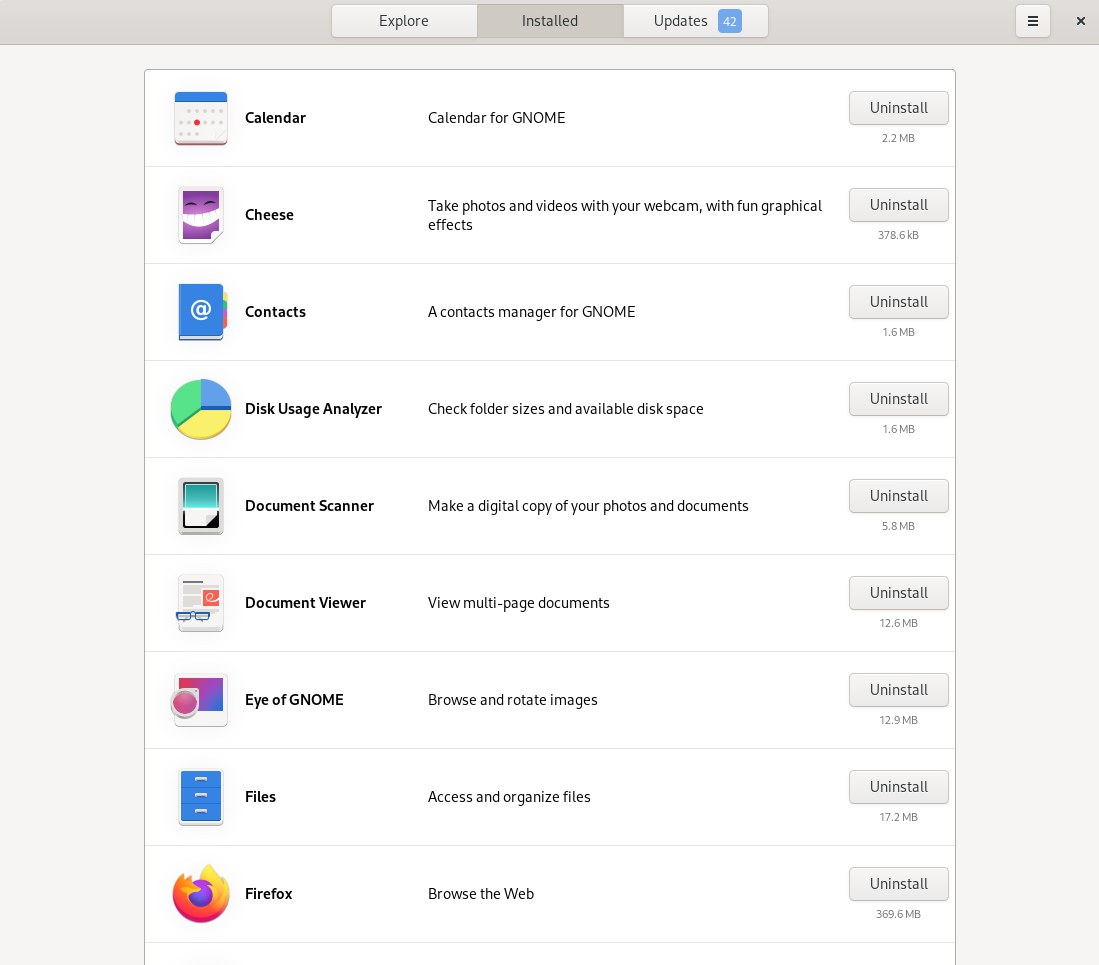

$ grep -i -color memory /var/log/Xorg.0.log 1. Want to find out video card GPU memory RAM size on Linux? Try: 0/100/2 /dev/fb0 display UHD Graphics 630 (Mobile) Which is output something as follows: H/W path Device Class Description We can use the following tools to monitor, diagnostic, and inspect our Linux or *BSD based systems. Maybe someone more shell savvy than me can find a solution for those.Linux GPU Monitoring and Diagnostic Commands Line Tools the not exit automatically when the benchmarked program exits.I have to kill the command Ctrl + \, and then that does not kill the process itself which continues to run on the background, which means that if it is an infinite loop like a server, I have to ps aux and then kill it. Ctrl + C does not exit the above command, not sure why trap exit is not working as it does with ps.My only problems with this is that top is not as nice for interactive usage:
#Fedora process monitor how to

Instead of Python script sending the metrics to Statsd, telegraf (and procstat input plugin) can be used to send the metrics to Graphite directly. Then opening Grafana at authentication as admin:admin, setting up datasource you can plot a chart like: $ python procmon.py -s localhost -f chromium -r 'chromium.*'
#Fedora process monitor install
Then in another terminal, after starting target process: $ sudo apt-get install python-statsd python-psutil # or via pip A handy all-in-one raintank/graphite-stack (from Grafana's authors) image and psutil and statsd client. It may seem an overkill for a simple one-off test, but for something like a several-day debugging it's, for sure, reasonable. pip install memory_profilerīy default this pops up a Tkinter-based ( python-tk may be needed) chart explorer which can be exported: It can also record process with its children processes (see mprof -help). The package provides RSS-only sampling (plus some Python-specific options). Psrecord $(pgrep proc-name2) -interval 1 -duration 60 -plot plot2.png & Psrecord $(pgrep proc-name1) -interval 1 -duration 60 -plot plot1.png & Sudo apt-get install python-matplotlib python-tk # for plotting or via pipįor single process it's the following (stopped by Ctrl+C): psrecord $(pgrep proc-name1) -interval 1 -plot plot1.pngįor several processes the following script is helpful to synchronise the charts: #!/bin/bash pip install psrecord # local user install Python psrecord package does exactly this. The following addresses history graph of some sort. Procpath plot -d ff.sqlite -q rss -p 123 -f rss.svgĬharts look like this (they are actually interactive Pygal SVGs): procpath record -i 1 -r 120 -d ff.sqlite '$.children[?("firefox" in RSS and CPU usage of a single process (or several) out of all recorded would look like: procpath plot -d ff.sqlite -q cpu -p 123 -f cpu.svg

This records all processes with "firefox" in their cmdline (query by a PID would look like = 42)]') 120 times one time per second. It's a pure-Python CLI package including its couple of dependencies (no heavy Matplotlib), can potentially plot many metrics from procfs, JSONPath queries to the process tree, has basic decimation/aggregation (Ramer-Douglas-Peucker and moving average), filtering by time ranges and PIDs, and a couple of other things. Returning to the problem of process analysis frequently enough and not being satisfied with the solutions I described below originally, I decided to write my own.


 0 kommentar(er)
0 kommentar(er)
